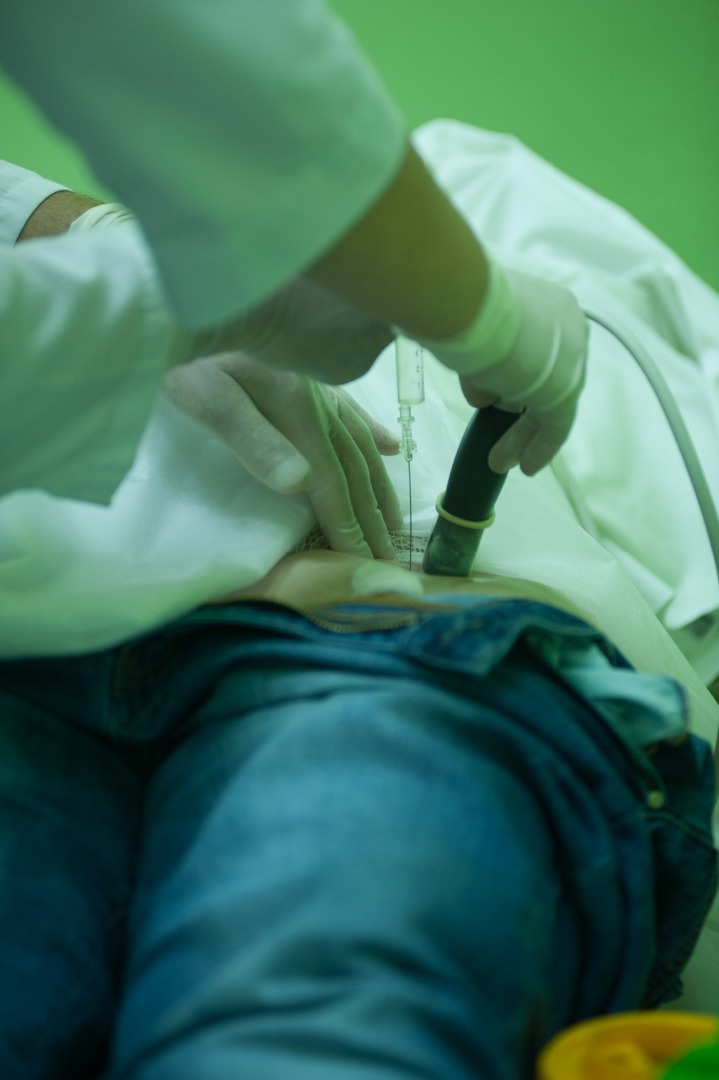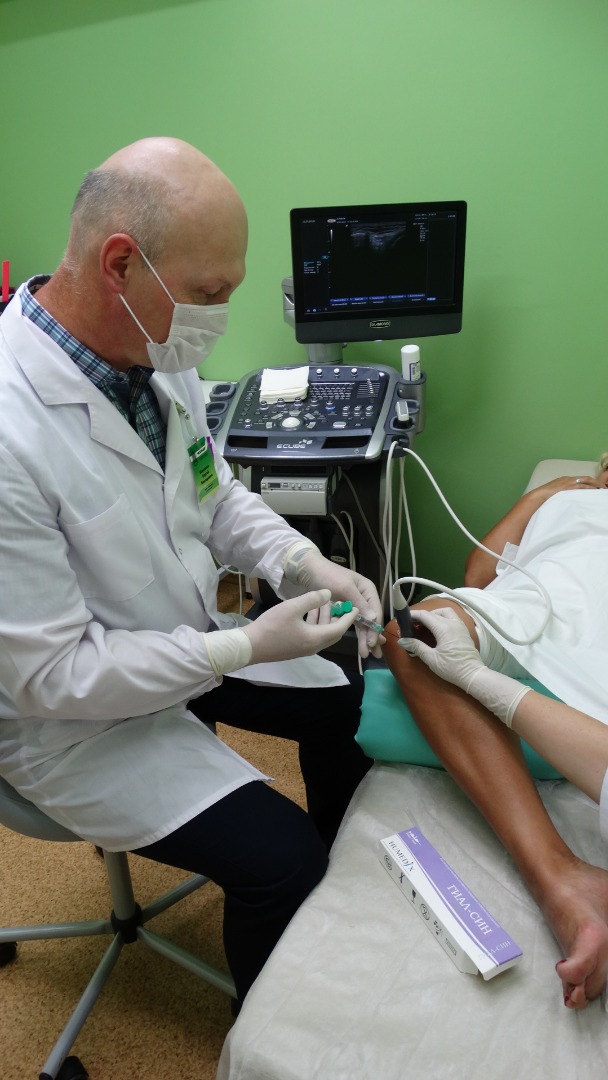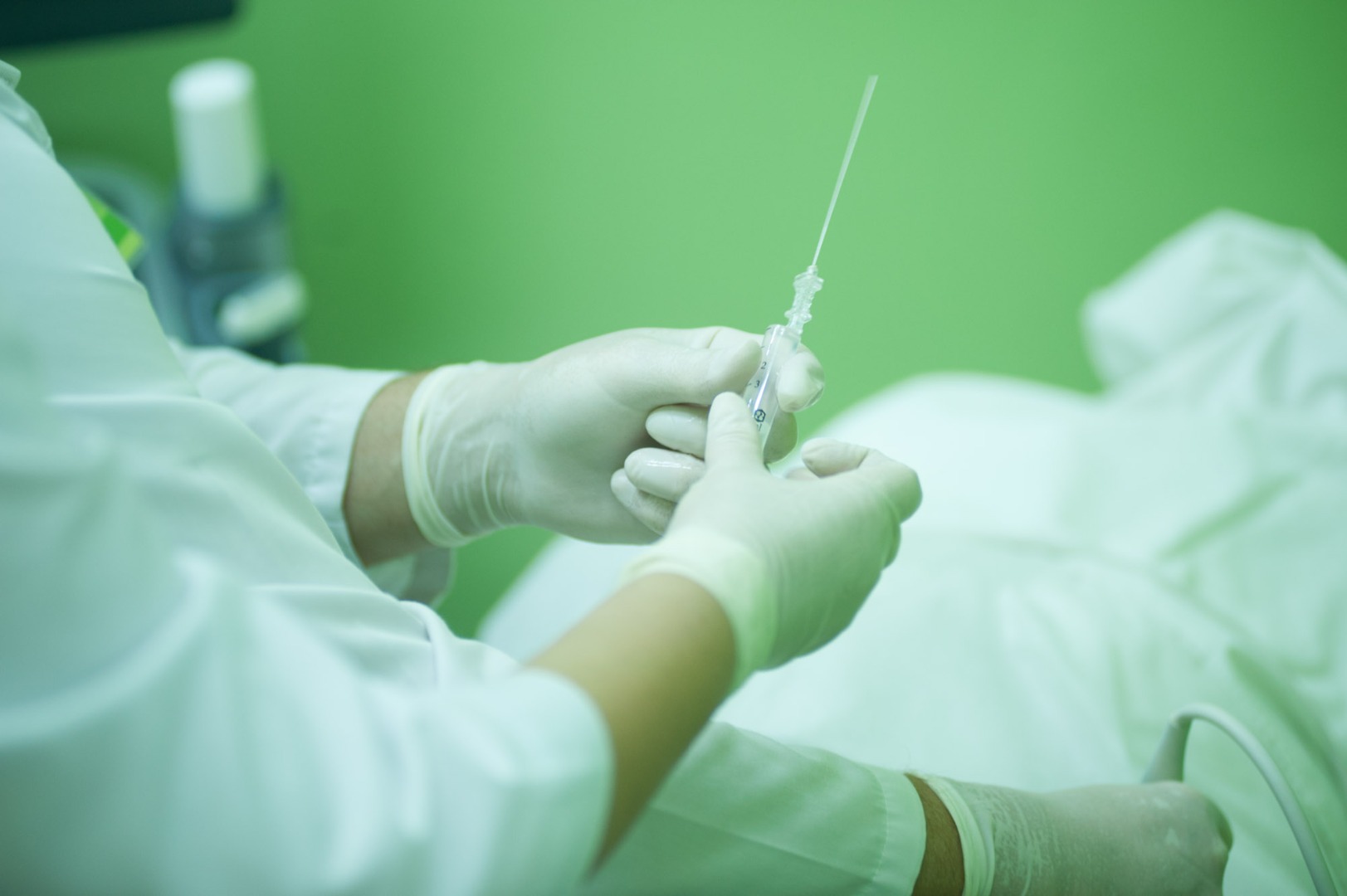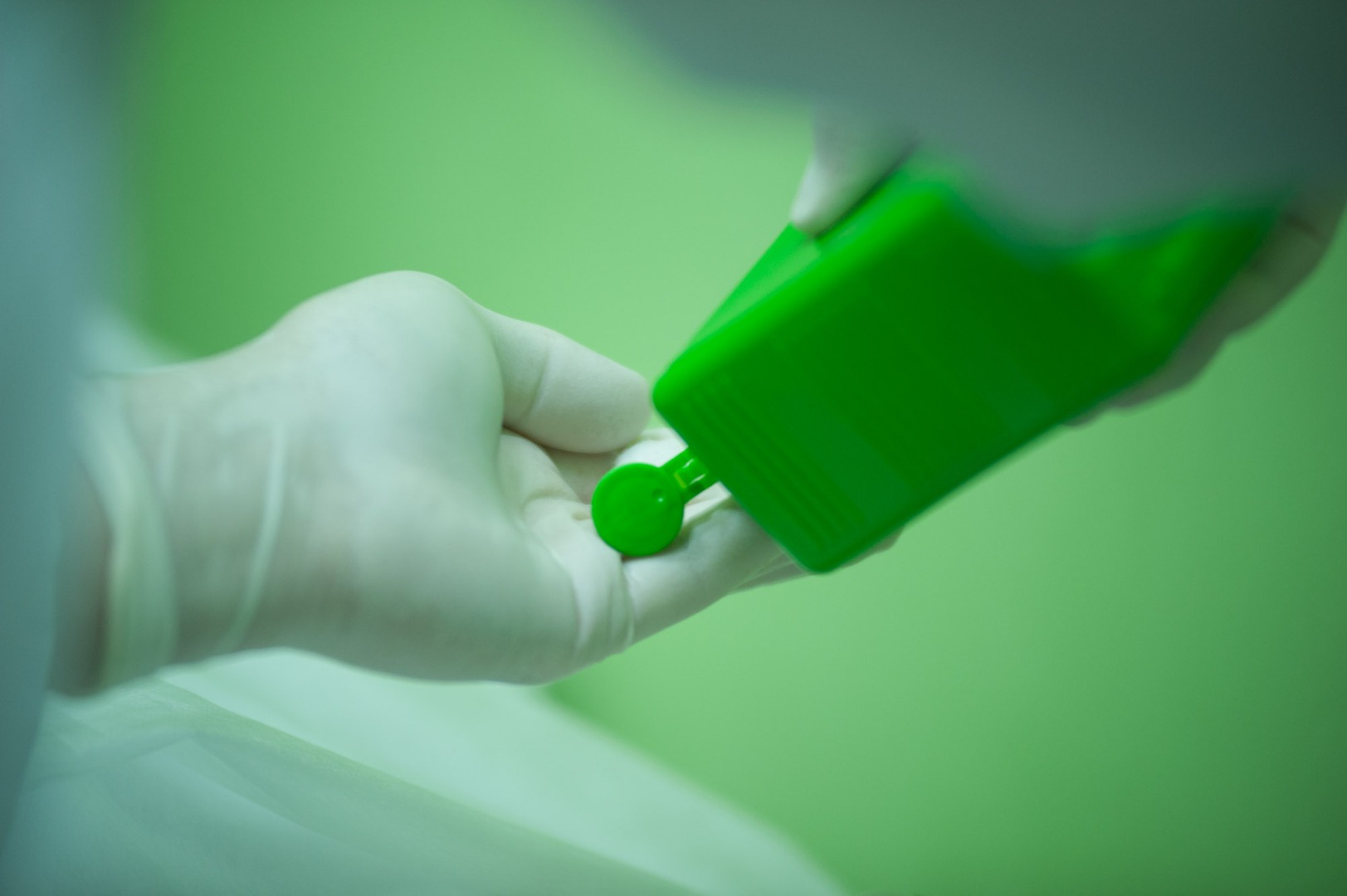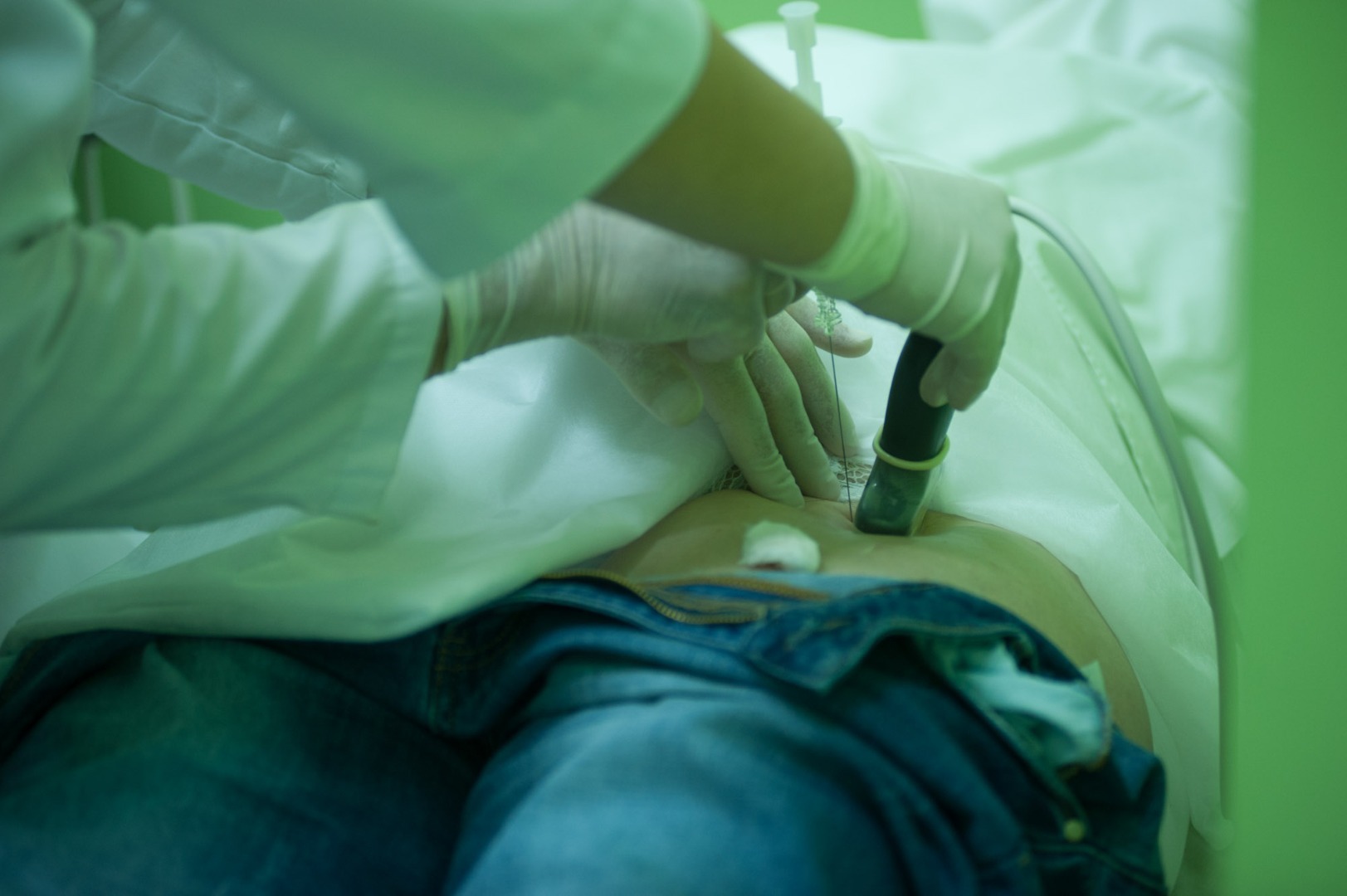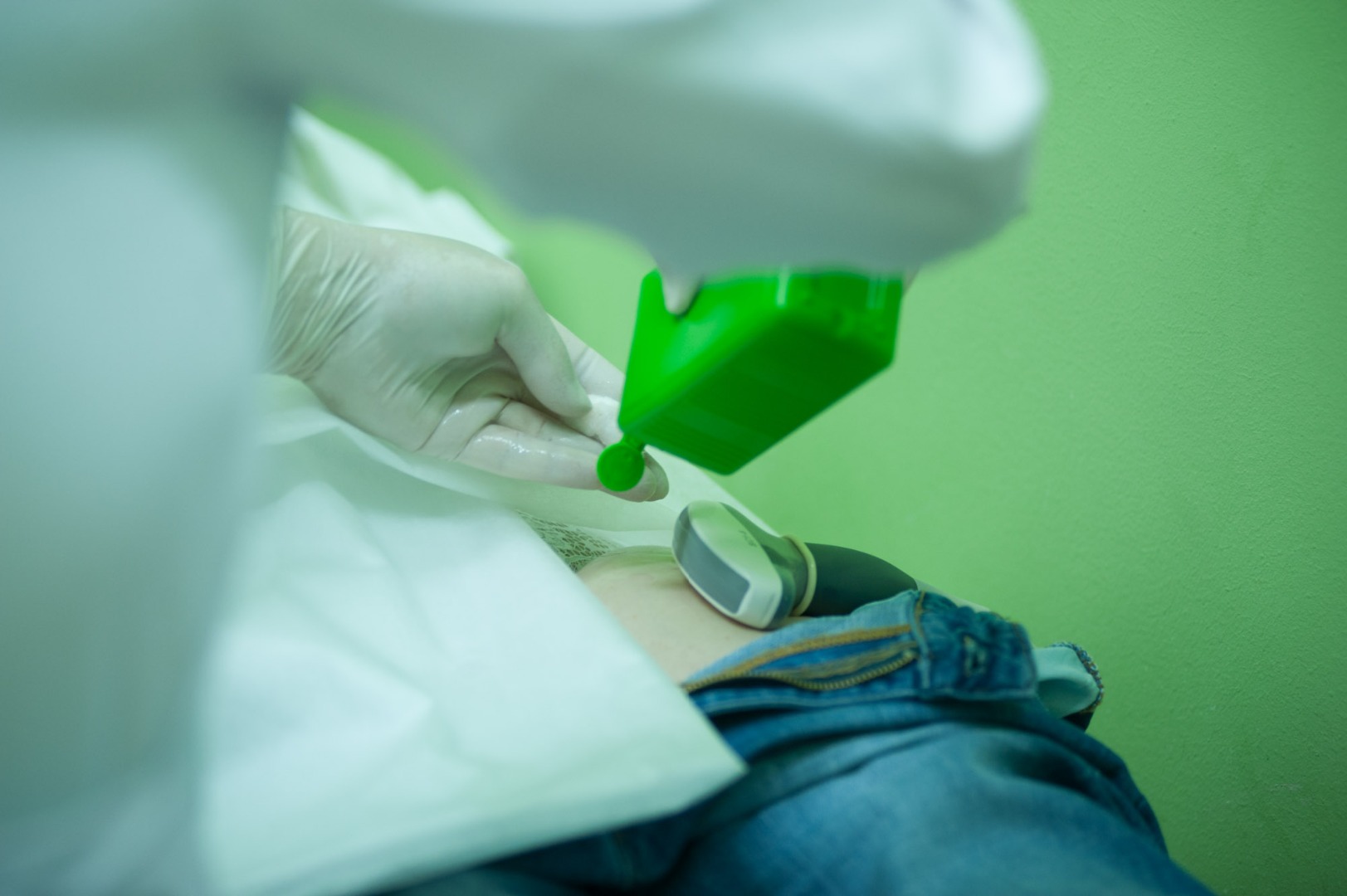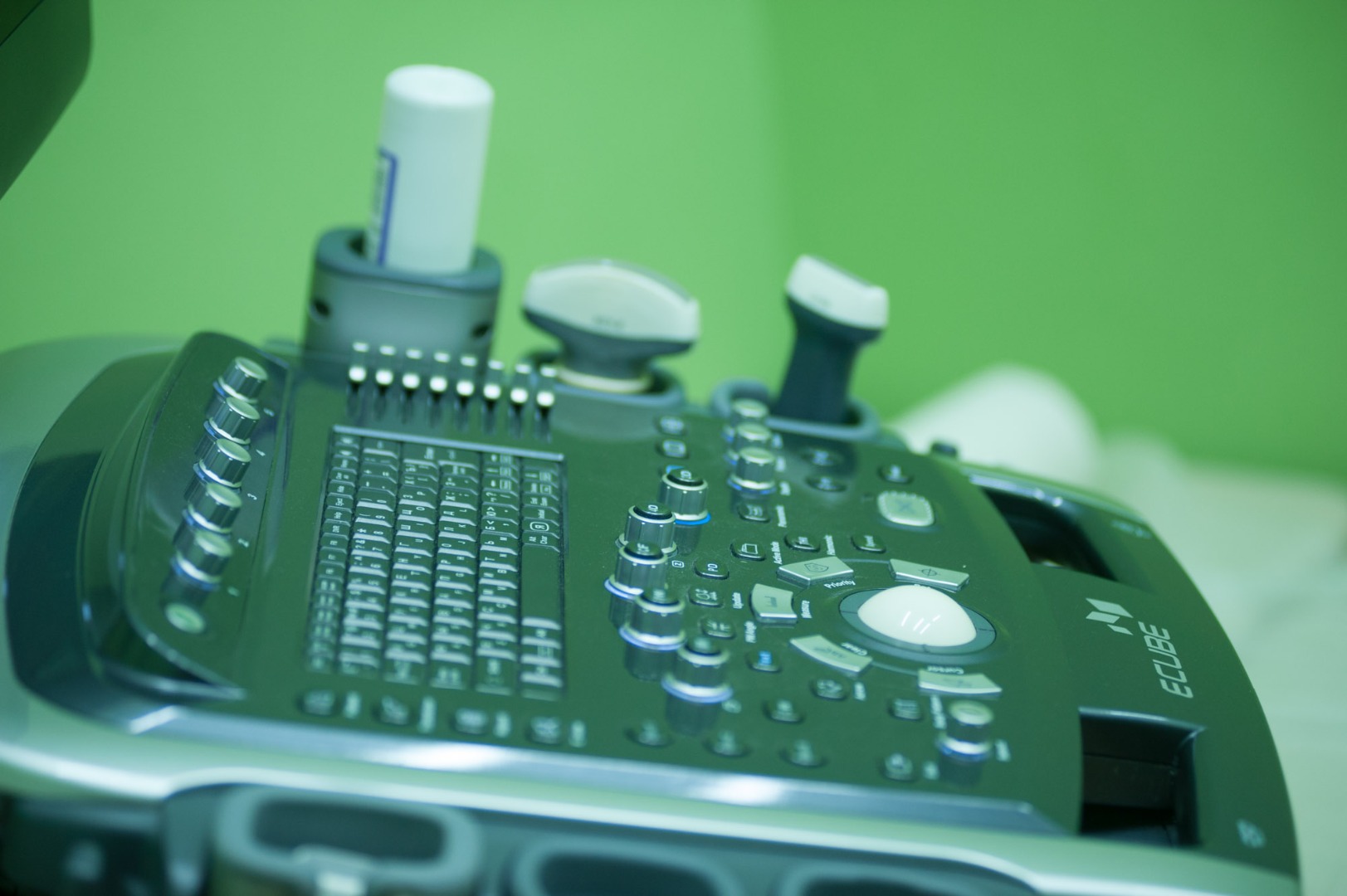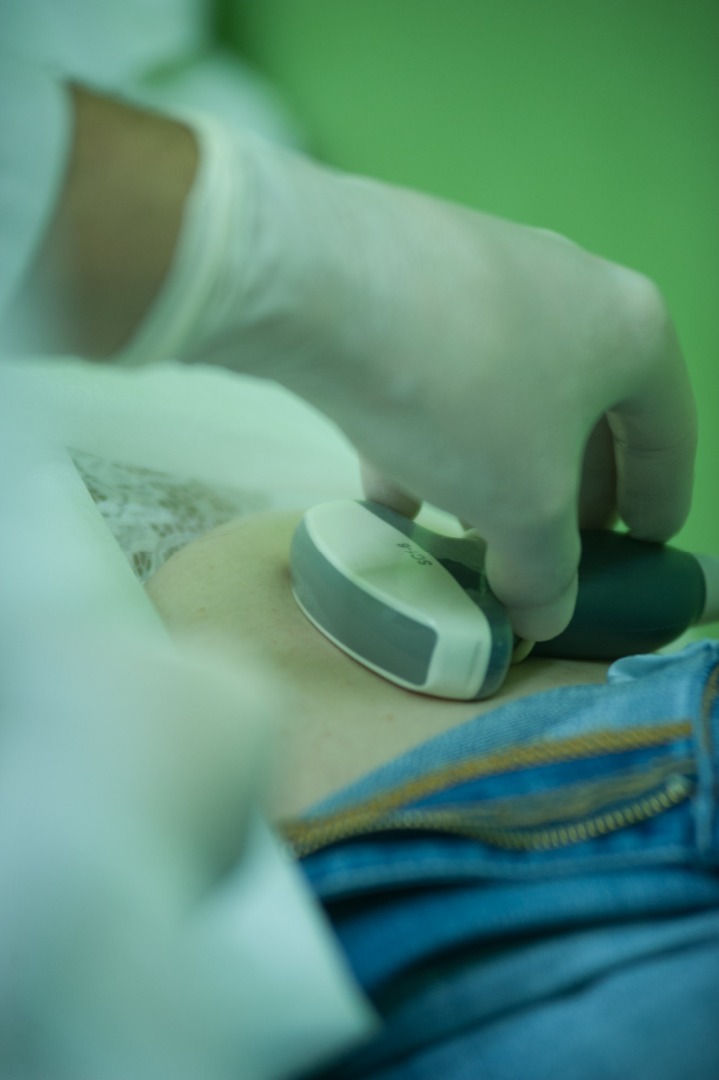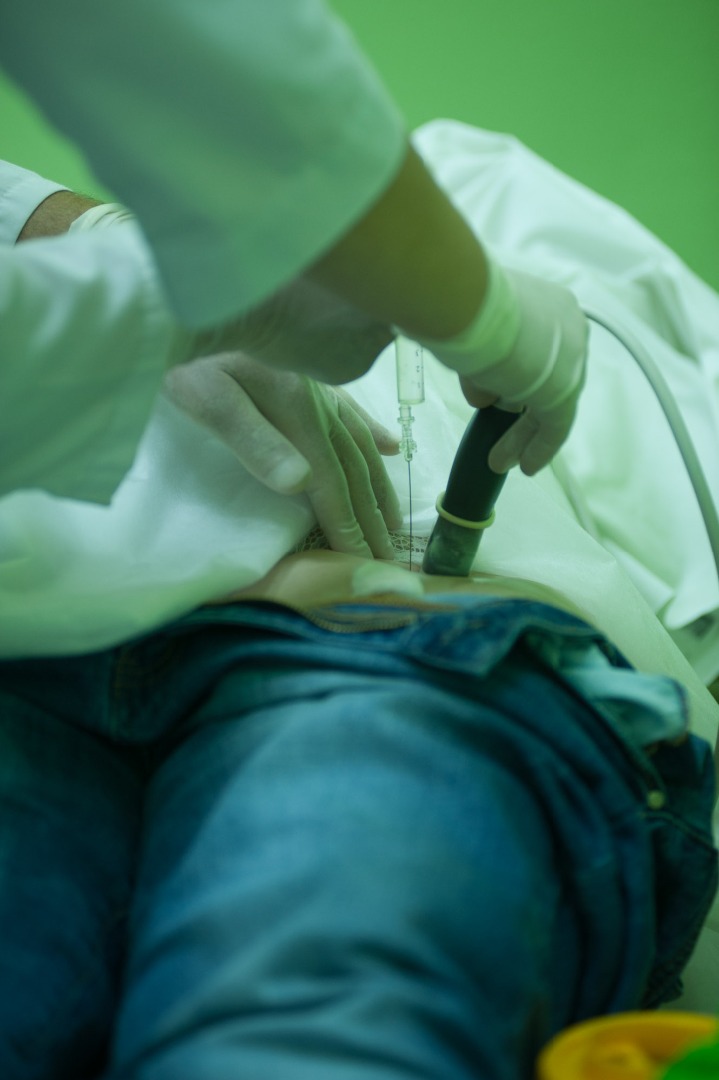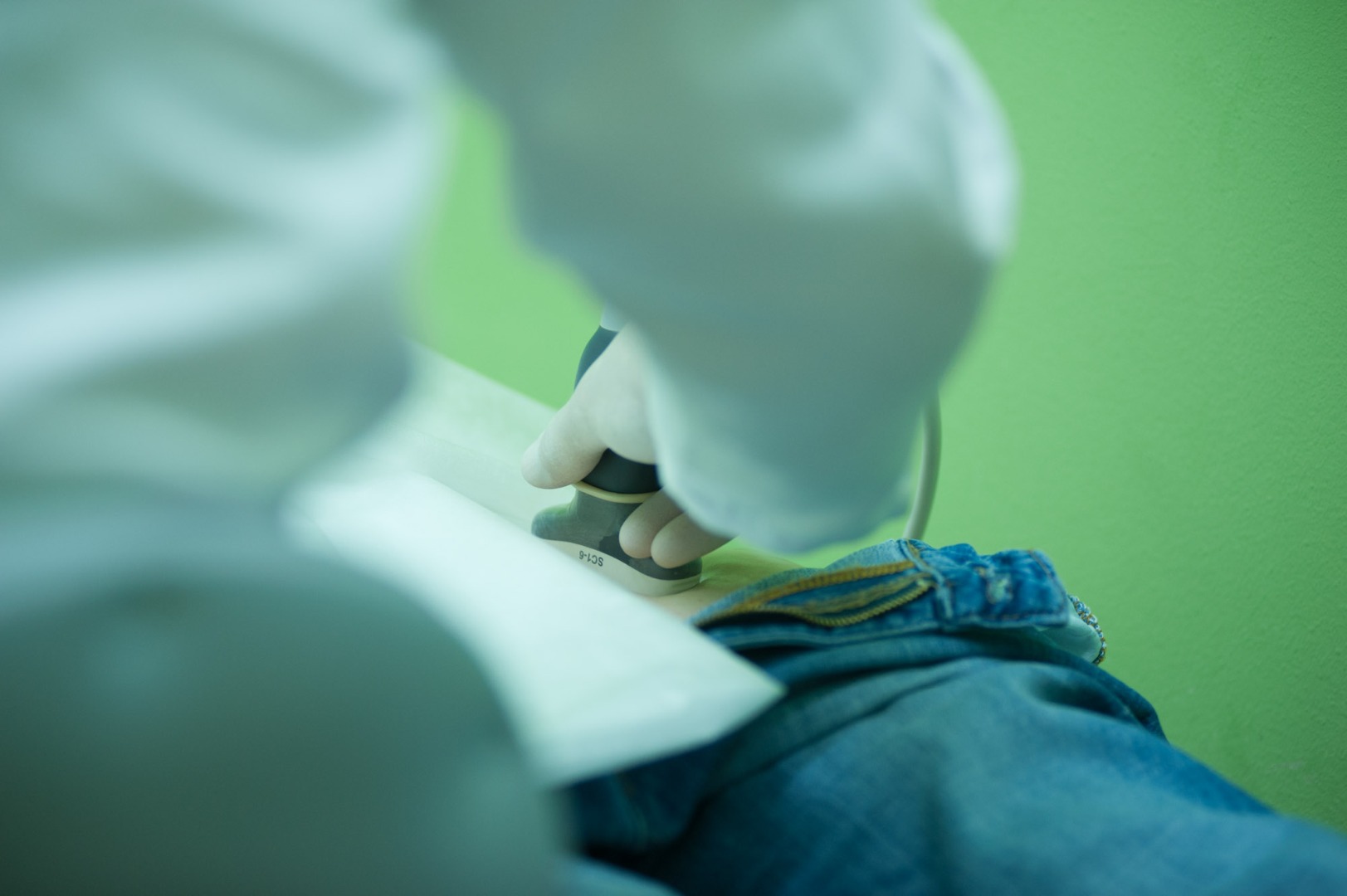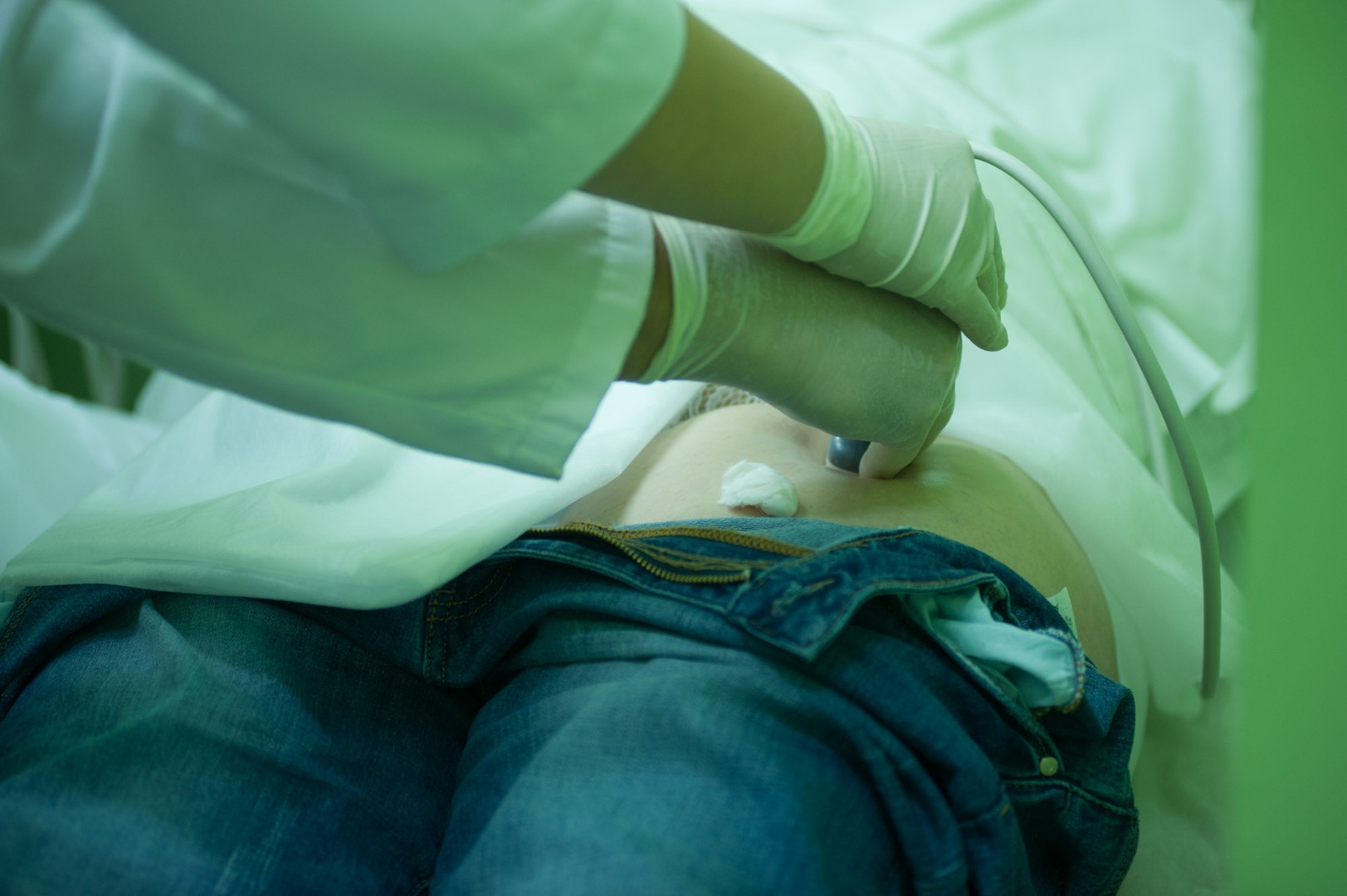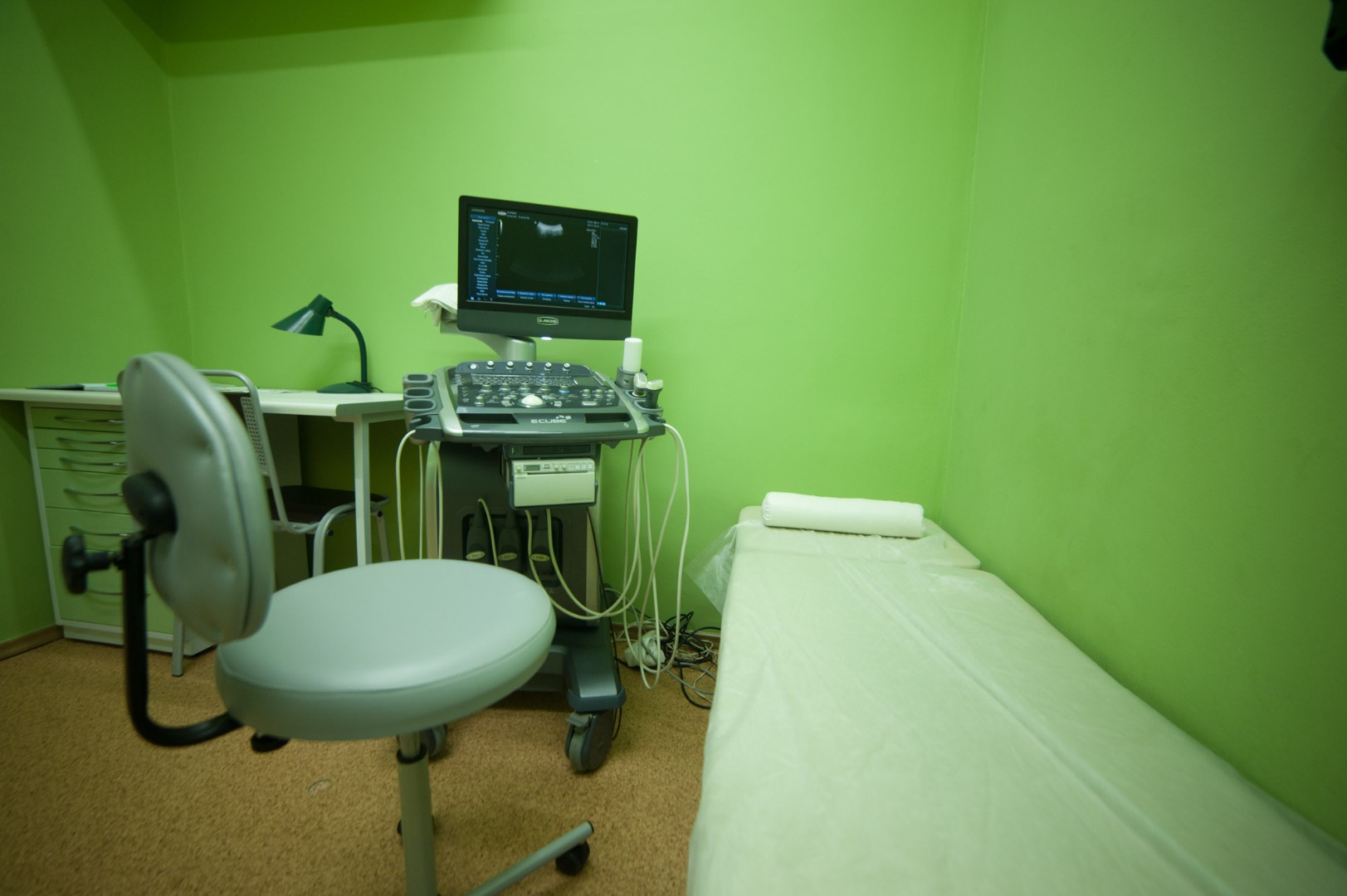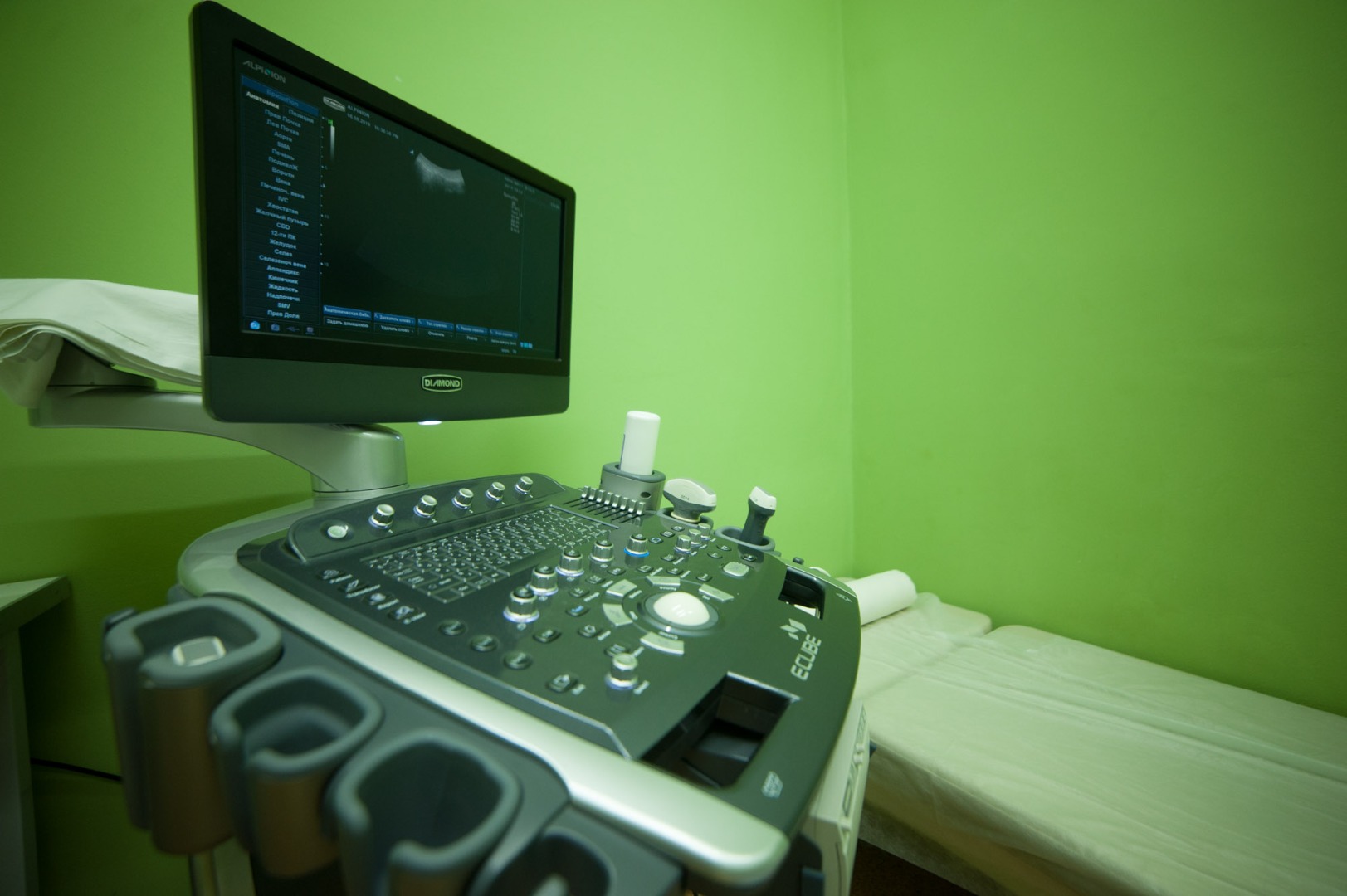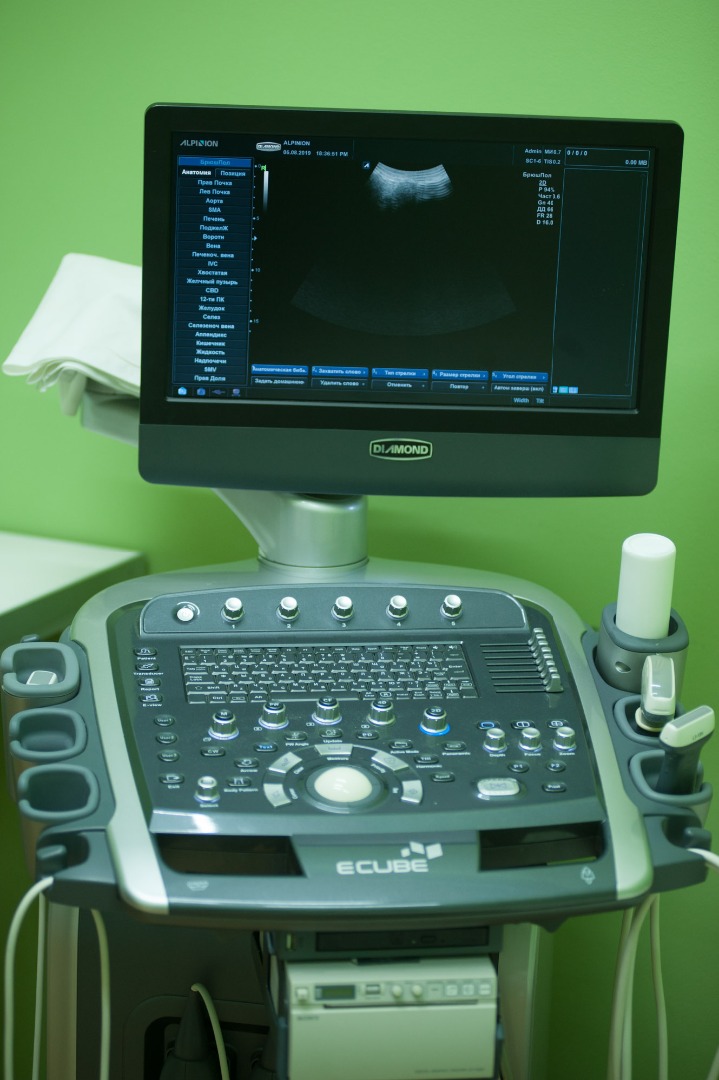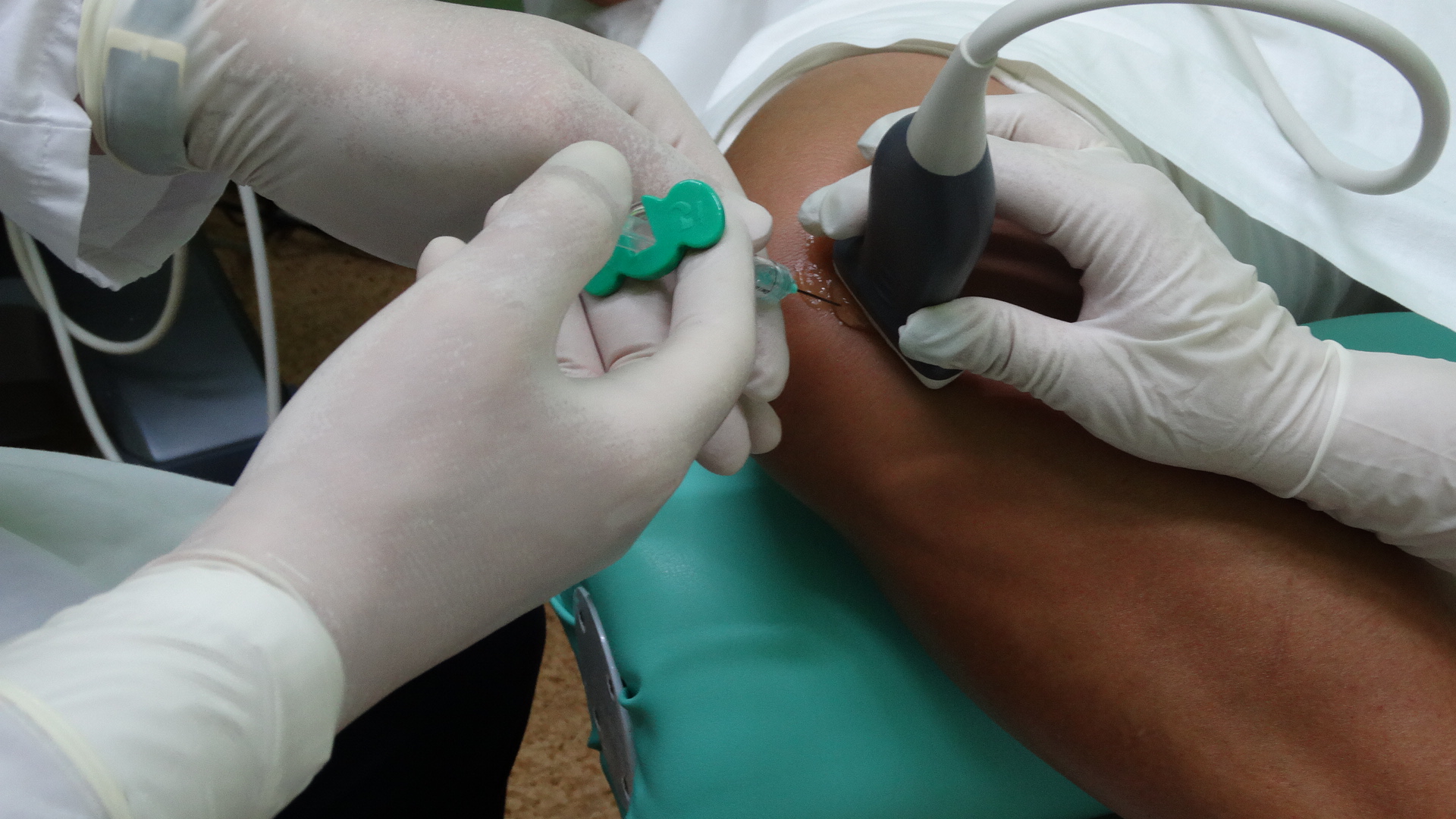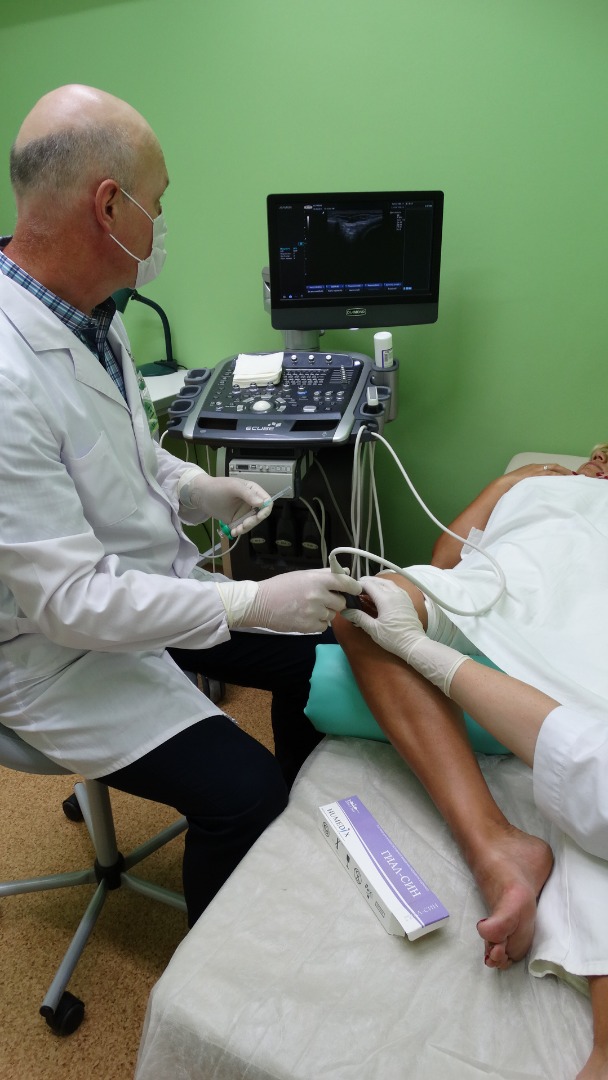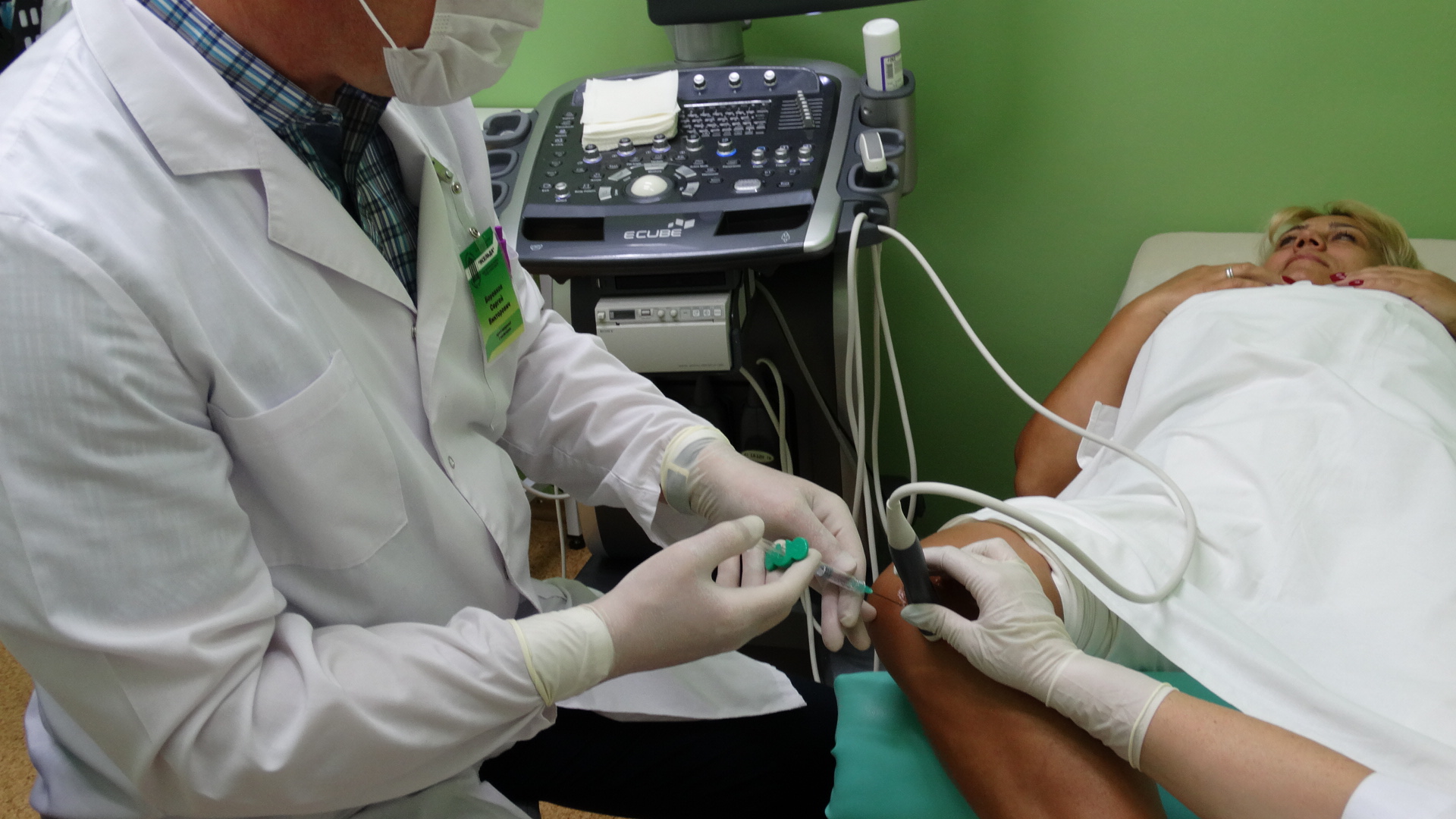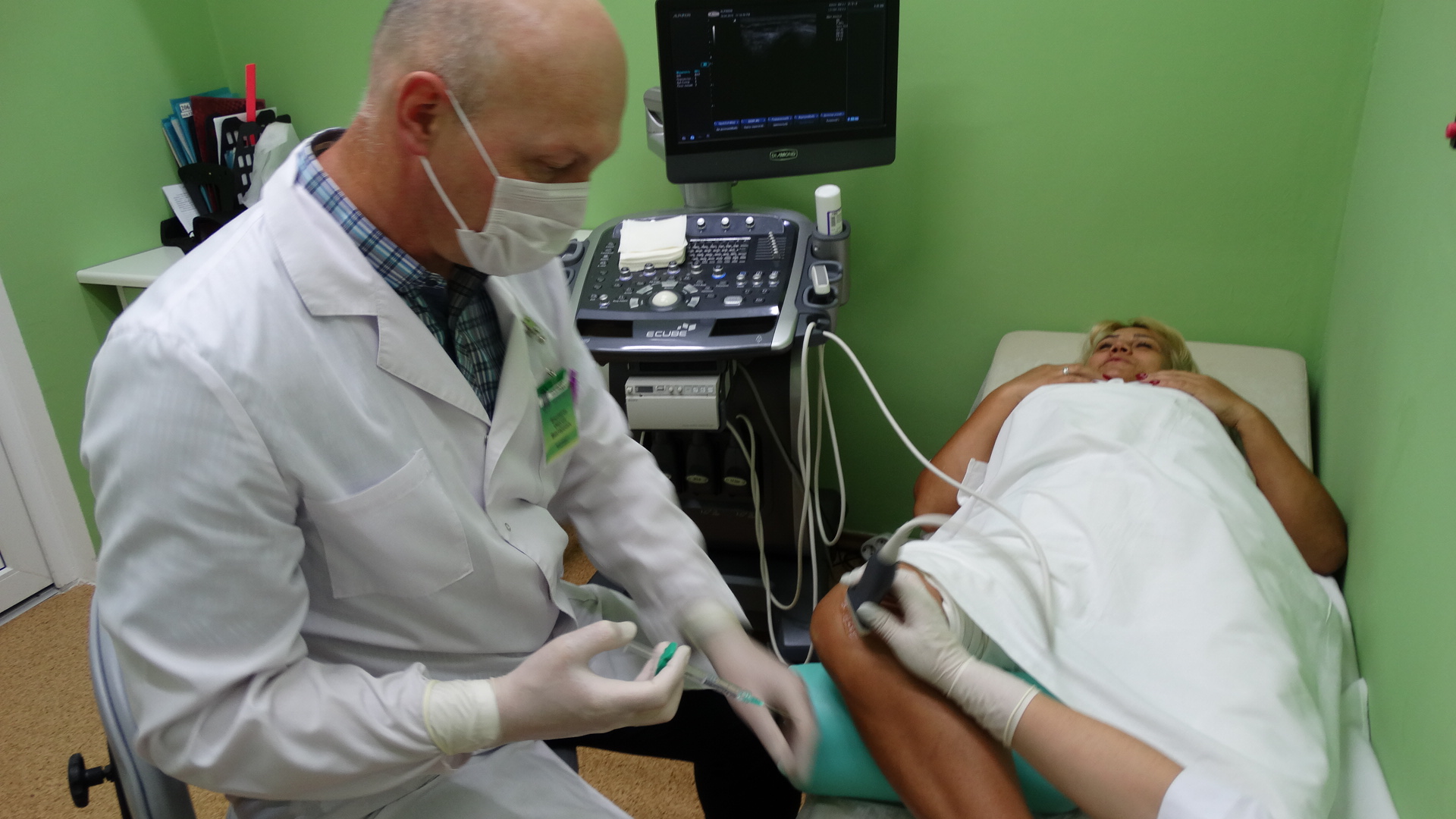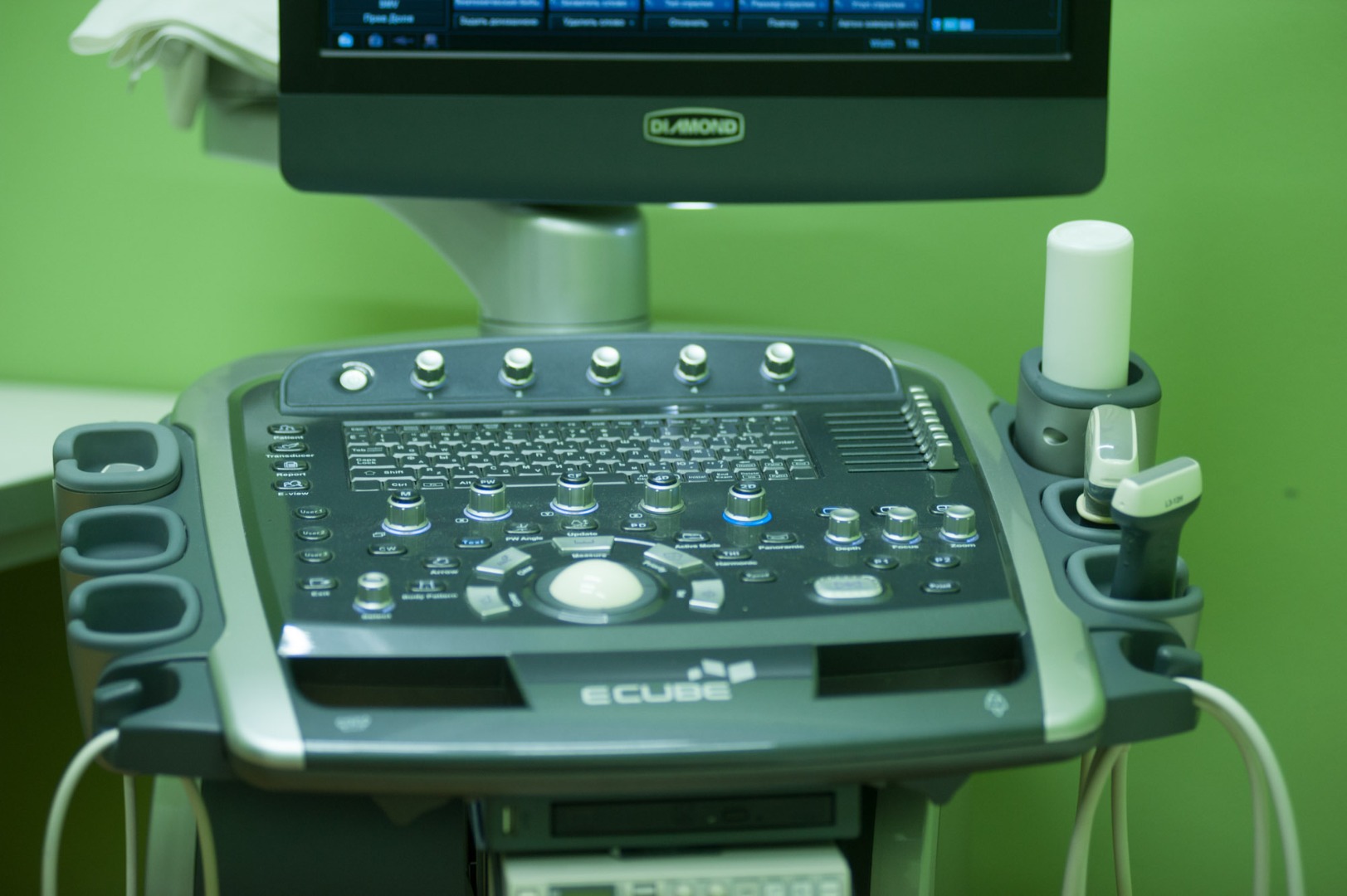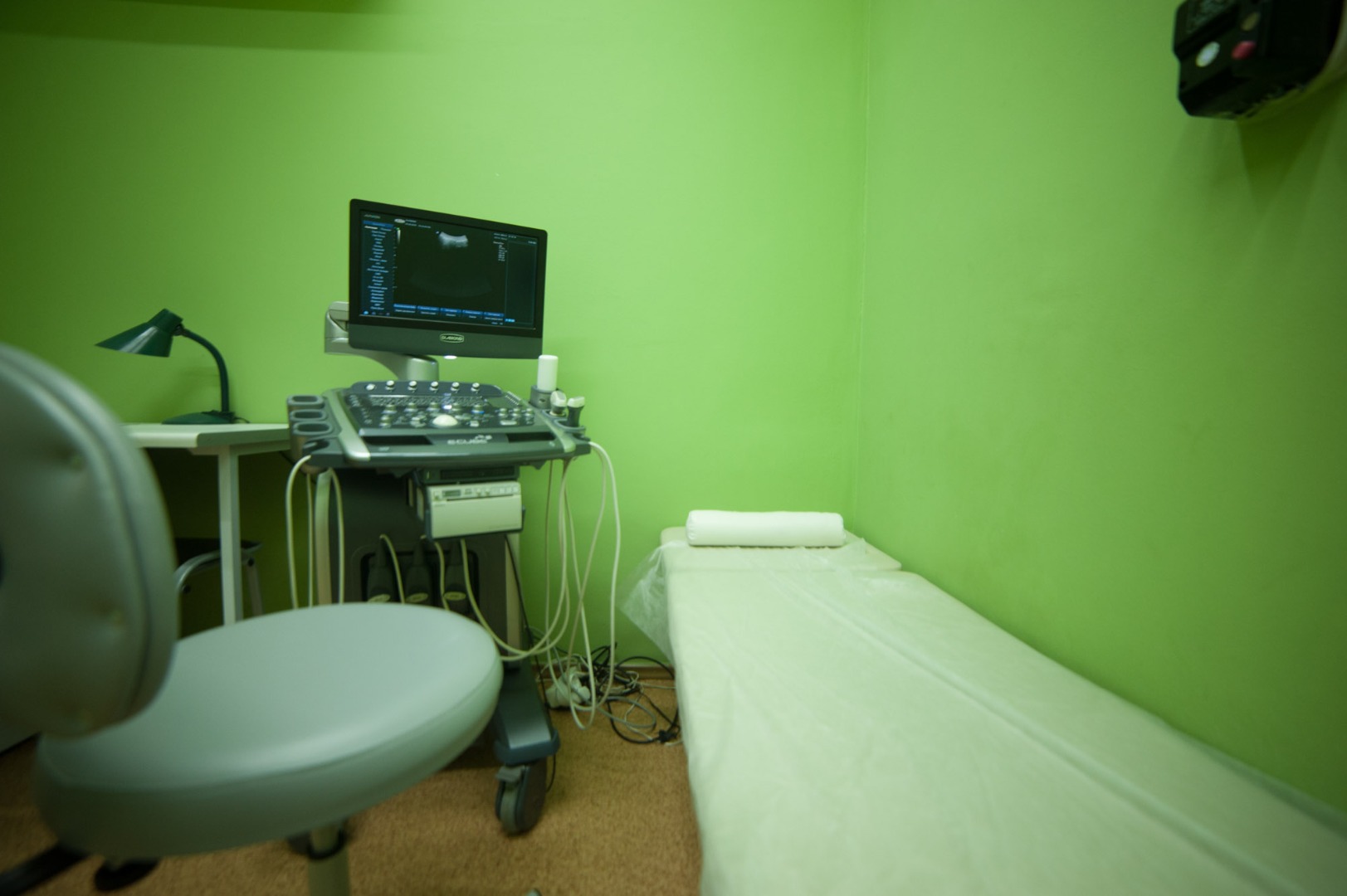Intra-articular injection of hyaluronic acid is performed by trained specialist with extensive experience. The procedure is performed under ultrasound control, which ensures correct positioning in the joint cavity.
Effects
- Reduce pain and need for painkillers and anti-inflammatory medicines
- Improvement of joint mobility
- Stimulation of the synthesis of natural hyaluronic acid, which restores elasticity to the cartilage
- Possible to avoid surgical intervention
For more information about osteoarthritis:
Osteoarthritis (OA) is a group of diseases of different etiologies which are based on the defeat of all joint components, primarily cartilage. Often the process involves the joints, are exposed to high stress (knee, hip), small joints of the hands (distal and proximal interphalangeal joints, the first metacarpal-carpal joint) and the spine. Great importance is the defeat of the hip and knee joints, the major cause of reduced quality of life and disability in patients suffering from OA. The clinical picture of OA includes three main symptoms: pain, crepitus and increased joints.
Synovial fluid filling the joint cavity, acts as a lubricant and reduces wear and tear of the articular surfaces provides nutrition to the articular cartilage, serves as an additional shock absorber. In osteoarthritis synovial fluid loses its lubricating and protective properties because of the decrease concentrations of hyaluronic acid. Maintaining intra-articular hyaluronic acid is included in the list of activities recommended by the world Health Organization for patients with symptoms of osteoarthritis.
Indications for intra-articular injection of prosthetic synovial fluid
- In patients with I-III withtademy of osteoartroza where the use of such techniques as: regular exercise therapy, physical therapy, anti-inflammatory drugs and chondroprotectors proved insufficient ineffective
- In patients with contraindications to use of NSAIDs (ulcers of the stomach or duodenum 12, high risk of bleeding, unstable hypertension, chronic kidney disease)
- In the later stages of osteoarthritis before arthroplasty
- If contraindications to arthroplasty
- Post-traumatic recovery
Contraindications
- children's age
- pregnancy and breastfeeding
- acute inflammatory processes (both General and directly joint)
- the bleeding disorder
- venous or lymphatic stasis on the side of the affected joint (severe varicose veins of the legs, deep venous thrombosis)
- it is not recommended the injection of hyaluronic acid into the affected joints during exacerbation of autoimmune diseases
Side effects
- sensation of heat, itching at the injection site
- swelling and redness of soft tissues nadstavna
The presence of such reaction to the drug — an extremely rare phenomenon, which takes place over 2-3 days. To relieve discomfort, it is recommended to apply cold or to apply local outer anti-inflammatory drugs.
Hyaluronic acid can be administered in any joint, and allowed them to enter into several joints at the same time. Intra-articular injection of hyaluronic acid is performed by trained specialist with extensive experience. The procedure is performed under ultrasound control, which ensures correct positioning in the joint cavity.
After the injection is recommended to limit physical activity and heavy lifting. For best results req.it is recommended that a course of 2-3 injections with an interval of 7-10 days, the therapeutic effect lasts up to 9-12 months. In mild cases it is enough of one course, and with arthrosis of 2-3 degree is required to take a course every year for several years.
In the sanatorium is used solution for intraarticular Gial-Hsing, sodium gurule, 20 mg\ml and 2 Gial-Sin prolong, sodium gurule, 20 mg\ml. 2

